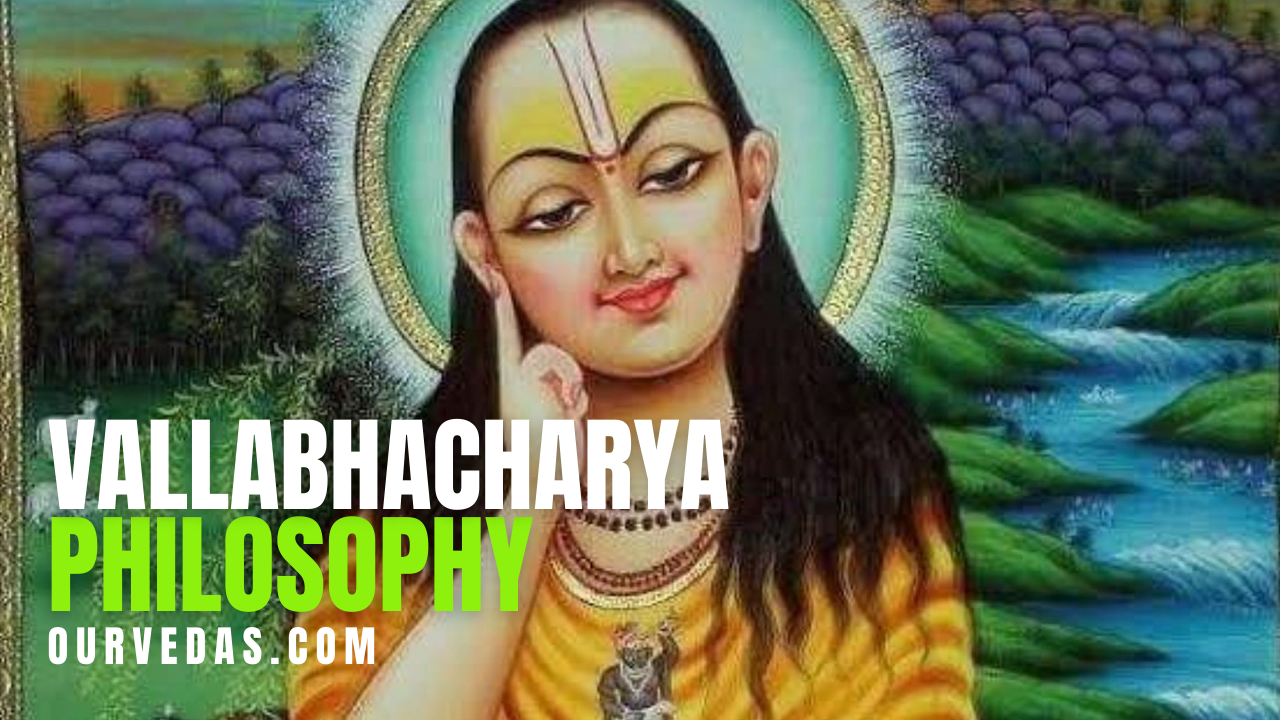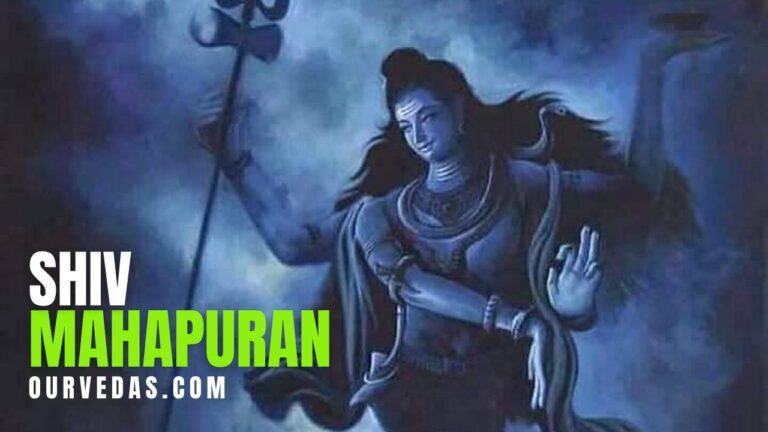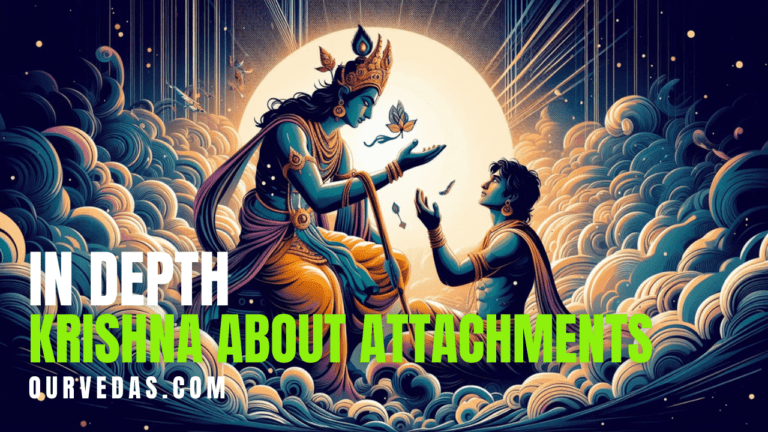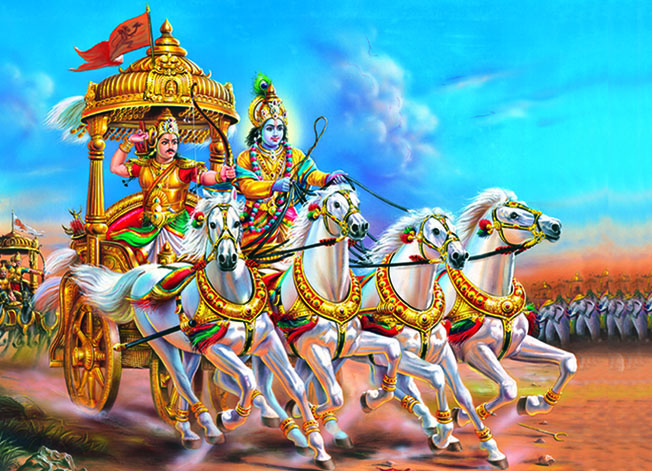Vallabhacharya was one of the greatest philosophers and theologians of the 16th century. To this day, he is celebrated for his significant contributions to Vaishnavism. He had also developed a different philosophical school known as Shuddhadvaita or “Pure Non-dualism.” The lessons given by Vallabhacharya philosophy have left a lasting impression on the conept of devotion (bhakti) and the nature of divine reality in Hindu philosophy.
Vallabhacharya Philosophy
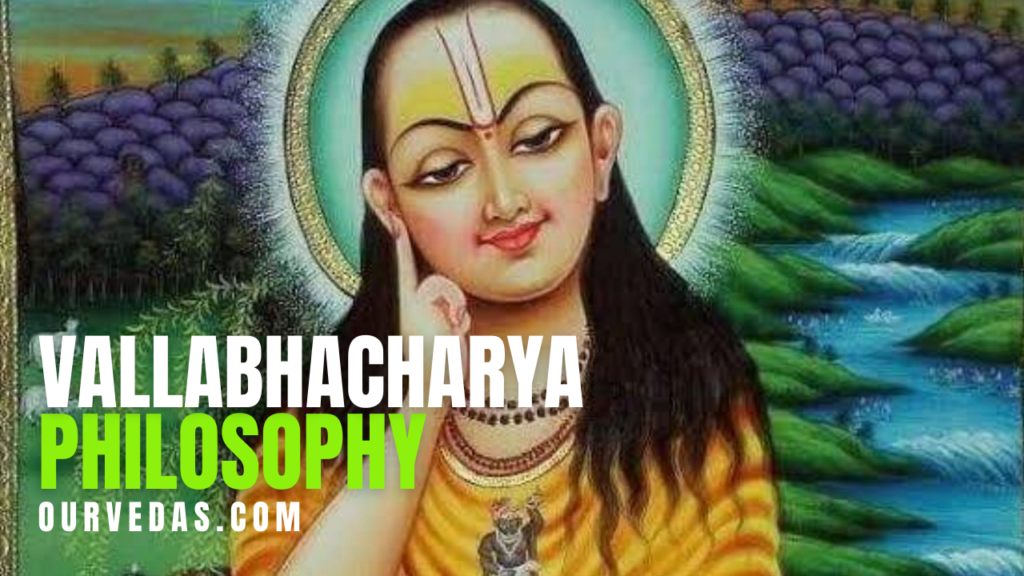
Early Life and Context
Vallabhacharya was born in 1479 in Kankroli, present-day Rajasthan, India. His upbringing was strictly religious, encouraging devotion to Lord Krishna. Early in his life, Vallabhacharya engaged in scholarly activities that led him to study a number of texts, including the Upanishads, Brahma Sutras, and the Bhagavad Gita. His intellectual development was furthered by his acquaintance with various religious traditions and the scholars of his time.
In a socioreligious context characterized by the rise of devotional movements, this was an epoch when Vallabhacharya attempted to articulate a philosophy that harmonized the devotional aspects of Christianity and Islam with the great heritage of thought in Hinduism. His philosophy emerged as an answer to the complexity of religious identity, promoting unity among sundry sects and practices.
Core Tenets of Shuddhadvaita
Vallabhacharya philosophy is most notably encapsulated in the doctrine of Shuddhadvaita, which posits that the ultimate reality, Brahman, is non-dual and pure. Unlike other interpretations of Advaita (non-dualism) that emphasize the oneness of the self (Atman) and Brahman while potentially undermining the significance of the personal God, Vallabhacharya proposed a unique perspective that maintains the importance of both devotion and non-duality.
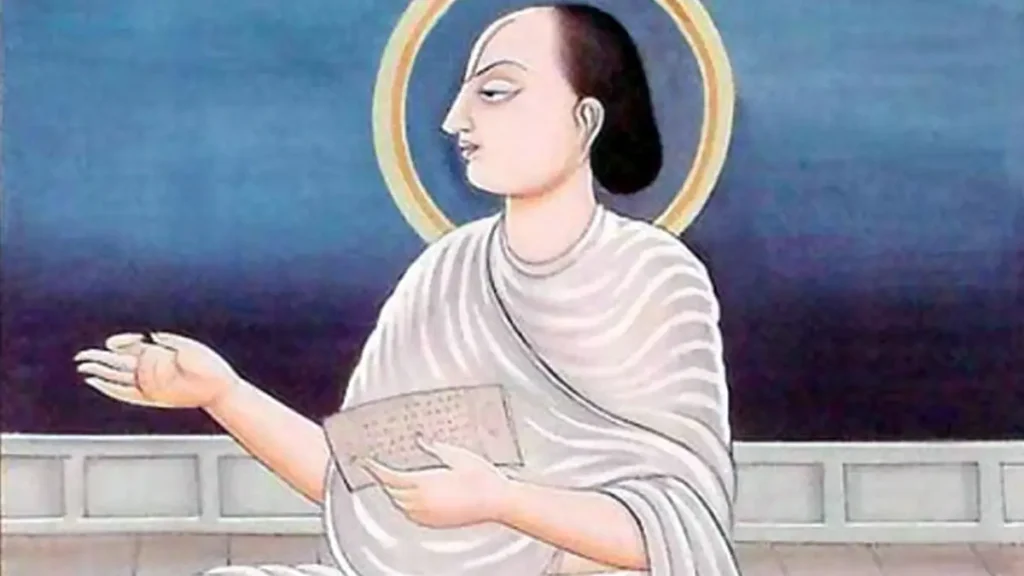
Key features of Shuddhadvaita include:
- Nature of God: Vallabhacharya regarded Krishna not only as a personal deity but also as an absolute reality. Here, Krishna is both immanent and transcendent. According to Vallabhcharya philosophy, Krishna is capable of both creating and sustaining the universe.
- The Concept of Leela is central to the Vallabhcharya philosophy. It suggests that the universe operates under Krishna’s playful dynamics. This concept provided a means for Vallabhacharya to embrace the world as a manifestation of divine love, encouraging devotees to engage with the world rather than renounce it.
- The Role of Grace (Kripa): Vallabhacharya only stressed that redemption or realization only ensues through grace and not on the basis of intellectual prowess or individual effort. Consequently, the principle of grace played a significant role in making sadhana, or spiritual practice, available to all.
- Bhakti: For Vallabhacharya, the supreme path to self-God relationship was bhakti. He promoted emotional love and surrender toward Krishna. The practice of Sankirtan (chanting of the names of God) was the method suggested by him to introduce devotees to his affection.
- Community and Society: Vallabhacharya made a strong statement about community in spirituality. He created the Pushtimarga, or the way of grace, which encouraged public worship and mass rituals, instilling a community spirit among devotees.
Contributions to Literature
Vallabhacharya authored several texts giving rise to Vallabhacharya philosophy. These texts often had his philosophical insights and commentaries on some very important Hindu scriptures like Bhagavad Geeta. His major contribution is the text known as “Anubhav”. In that text, he reflects on mystical experiences and the nature of divine love. Another important contribution is his commentary on the Brahma Sutras, where he highlights the simplicity and accessibility of divine grace.
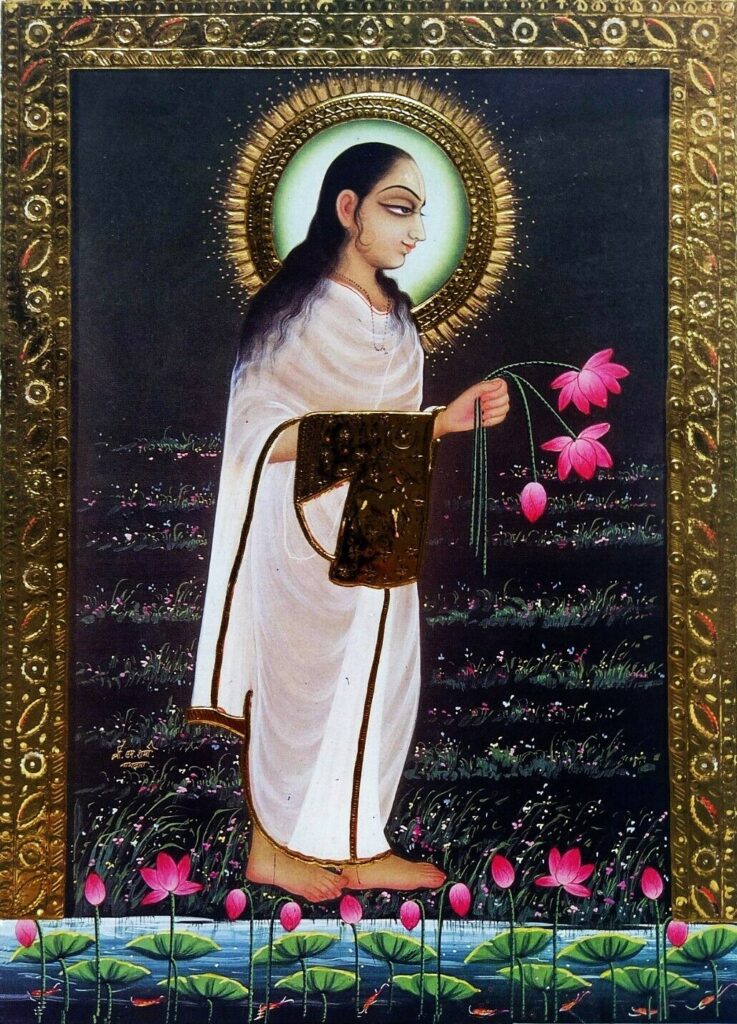
His teachings were also compiled in “Vallabha Darsana,” which can be said to be a full exposition of his philosophical views and practices. The texts thus became the basis of further generations of followers and scholars and solidified his influence in the Vaishnavite tradition.
Legacy and Influence
Vallabhacharya’s influence goes beyond his lifetime. The Pushtimarga sect, which was founded by Vallabhacharya has flourished through the centuries and created a rich spiritual tradition characterized by devotion and communal worship centered around Krishna. This lineage has produced numerous scholars and saints who have further developed his teachings.
This influence can also be seen in the current debates about Bhakti literature. Scholars often mention his ideas on devotion, grace, and the divine play of Krishna. One noticeable thing about Vallabhacharya philosophy is that his ideas are appealing to modern seekers looking for a path that balances intellectual understanding with heartfelt devotion.
Conclusion
In the words of Vallabhacharya, it is indeed the philosophy that provides profound insight into the nature of God, self, and the universe based on the principles of Shuddhadvaita. His emphasis on divine grace, joy in devotion, and community significance offers a holistic framework for understanding the divine relationship revered in Hinduism.
As one moves deeper into the wells of visions that Vallabhacharya spoke about, the loving and playful God engages hearts and minds, reminding the devotees that the pursuit of God is not an intellectual exercise alone but a journey marked by love, grace, and community. Thus, Vallabhacharya philosophy has been an inspiration time and again for the bhakta at the altar of divine love.
FAQs
Who was Vallabhcharya?
Vallabhacharya was a 16th-century philosopher and theologian, best known for his contributions to Vaishnavism and for founding the philosophical school of Shuddhadvaita, or “Pure Non-dualism.”
Born in 1479 in Kankroli, Rajasthan, India, he grew up in a devout environment dedicated to Lord Krishna. Vallabhacharya engaged in extensive scholarly studies, exploring key texts such as the Upanishads and the Bhagavad Gita.
His philosophy of Shuddhadvaita emphasizes the non-dual nature of the ultimate reality, Brahman while affirming the importance of devotion (bhakti) to Krishna. Vallabhacharya articulated the idea of divine play, or “Leela,” which views the universe as a manifestation of Krishna’s playful nature. He stressed that liberation comes primarily through divine grace rather than solely through personal effort.
He founded the Pushtimarga sect of community worship and collective practices for the devotees. Vallabhacharya’s teachings were documented in different texts, such as his commentary on the Brahma Sutras and the mystic reflections in “Anubhav.” His legacy continues to influence contemporary discussions on devotion, grace, and the divine relationship in Hindu philosophy.
What was the philosophy of Shuddhadvaita?
The philosophy of Shuddhadvaita, also known as “pure non-dualism,” is primarily associated with the philosopher Vallabhacharya, who was a prominent figure in the 16th century in India. This school of thought is a form of Vedanta that emphasizes the oneness of the individual soul (jiva) with the supreme soul (Brahman) while also recognizing the distinction between them in the context of their relationships with God.
Also Read: Hayagriva God Story

